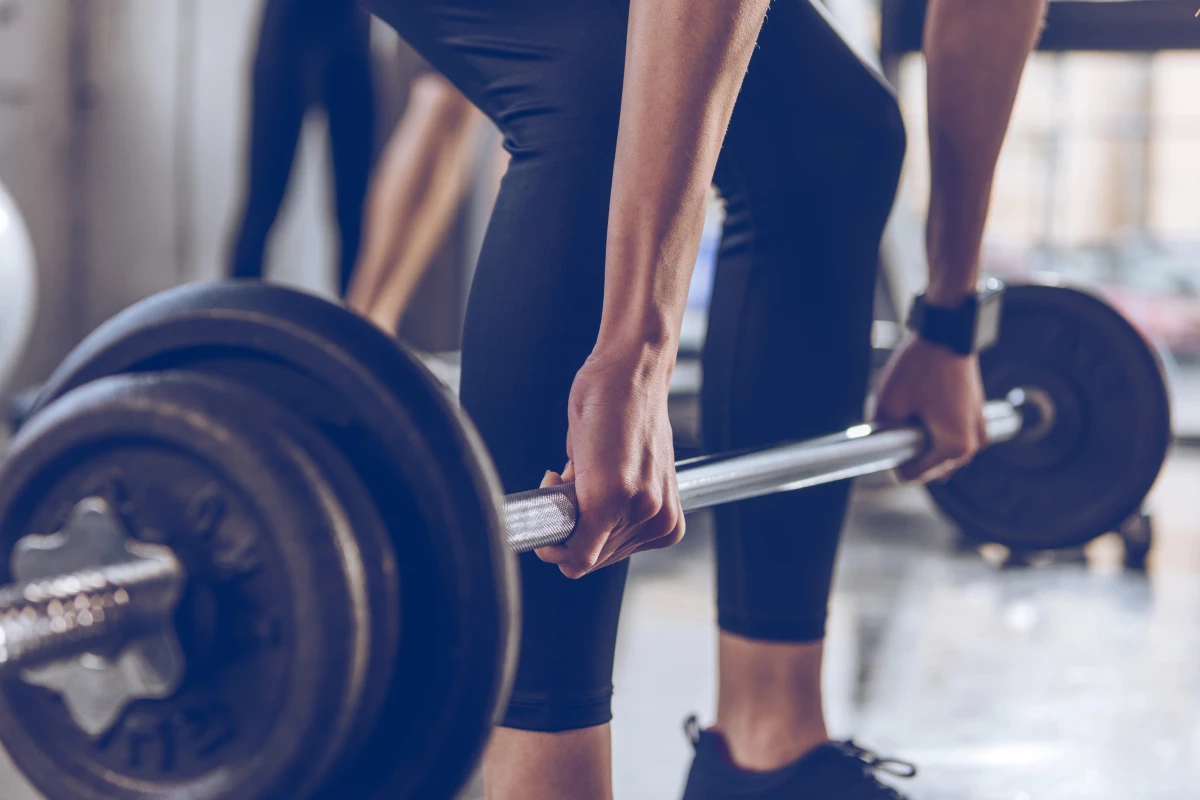We know by now that exercise is good for the body and mind at any age, but new research has found that your workouts may be helping in a less obvious place too: inside your gut. It's yet another sign that the gut microbiome is central to overall health.
Researchers at Edith Cowan University (ECU) have found that not just exercise but the intensity of the workout changes the community of microbes living in the digestive tract, providing the kind of environment ideal for influencing overall health.
“Based on previous research, it appears that athletes have a different gut microbiota when compared with the general population," said researcher Bronwen Charlesson. "This includes greater total short chain fatty acid concentrations, alpha diversity, an increased abundance of some bacteria and a lower abundance of others."
While you don't need to be an elite athlete to reap the potential benefits, the study focused on 23 high-performance rowers who had their microbiome sampled during periods of intense training before a national competition, and again when they were in the "off season" and training far less. Training duration was almost 150% more intense and 130% longer in the intense period.
What the scientists found was that during the intense period, the rowers across the board had higher levels of short-chain fatty acids (SCFAs) – particularly butyrate and propionate, which are linked to gut lining health, reduced inflammation and energy metabolism. Butyrate rose from 64 mmol/L during rest to 105 mmol/L in high training, while propionate increased from 91 mmol/L to 121 mmol/L.
During the intense training period, the rowers had more frequent bowel movements, with 92% of the cohort going to the bathroom within a 24-hour window throughout this time, showing that their digestion had sped up as their workout efforts had risen.
And levels of Bacteroidota (a group associated with breaking down complex carbohydrates) had increased, while the ratio of Firmicutes to Bacteroidota dropped significantly in the high-training phase. This ratio is important – a higher Firmicutes/Bacteroidota ratio has been associated with weight gain and less efficient metabolism, while a lower ratio – aka more Bacteroidota – tends to correlate with leanness and better metabolic outcomes. (It's worth noting that this is still an emerging area of study.)
One explanation for the change, the researchers suggest, has to do with lactate produced in muscles and transported to the gut to be metabolized. Intense exercise raises lactate levels, and certain microbes can feed on lactate, converting it into SCFAs like butyrate and propionate. In the process, they also help buffer gut acidity, keeping pH at a healthy level for other microbes to thrive. So, in a sense, pushing yourself harder in training may be “feeding” your gut microbes in ways that promote better health.
During the off-season, while the rowers’ total intake of carbs, protein, and fiber stayed roughly the same, their diet quality dropped: fewer fruits and vegetables, more take-out, and a little more alcohol. This decline was captured in their Athlete Diet Index scores, which fell from 55 to 49 when training loads dropped.
The athletes had less frequent bowel movements (around half fell out of that 24-hour window), and the slower digestion was reflected by a decrease in beneficial SCFAs and a drop in Bacteroides – this genus of microbes plays a key role in breaking down complex carbohydrates and fiber and making the SCFAs that help stimulate gut motility. And while the participants' guts actually increased in microbial diversity, the groups that increased were not necessarily beneficial ones.
Essentially, during this period, the gut community looked less metabolically active – and possibly less supportive of overall good health.
“During low training load times, or periods of rest, athletes are often more relaxed about their diets, in this study we saw no change in total carbohydrate or fiber intake during period of rest but we did observe a decline in the diet quality of food eaten," said Charlesson. "This decline was related to increases in processed fast foods, decreases in fresh fruit and vegetables and a moderate increase in alcohol intake. These changes did impact the composition of the gut microbiome.
“Another observation made during the research was the significant slowing of gut transit times in athletes during low training loads," she added. "That slowing of transit time during the low training load appears to also be impacting the gut microbiome.”
Of course, food and alcohol intake play a major role in shaping the gut microbiome, and the athletes in this study did let their diets slip when training loads eased off. This does make it more challenging to isolate the role of intense workouts in changing microbial populations. But the fact that the positive changes also lined up with training intensity, stool transit time, and lactate metabolism suggests that exercise itself – not just what was consumed – may directly influence how the gut community functions.
So what can non-athletes take away from this research? Whether you’re hitting the gym, cycling to work, or just upping the pace of your daily walks, vigorous movement may help fuel your gut health and support smoother digestion. While more research is needed to untangle exactly how exercise interacts with the microbiome, this study provides evidence that training intensity itself plays a role. And as the gut is increasingly recognized as a major player in overall health, it adds a new dimension to the long list of benefits that come from working out.
The study was published in the Journal of the International Society of Sports Nutrition.
Source: Edith Cowan University





